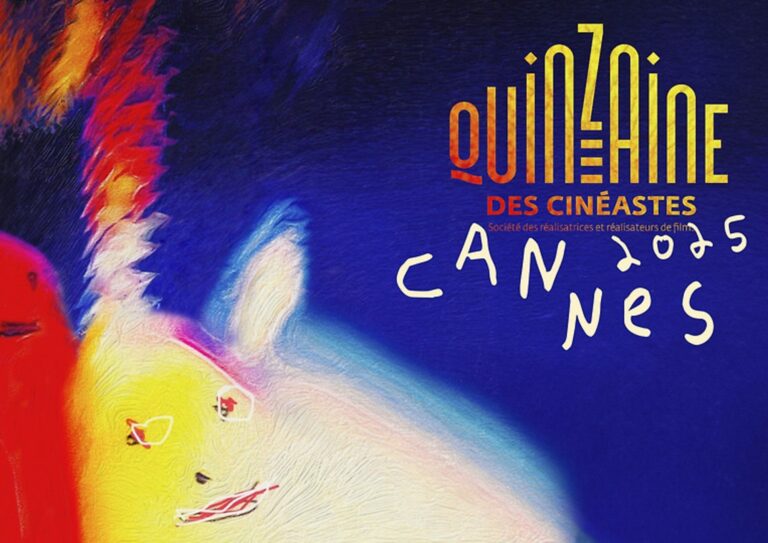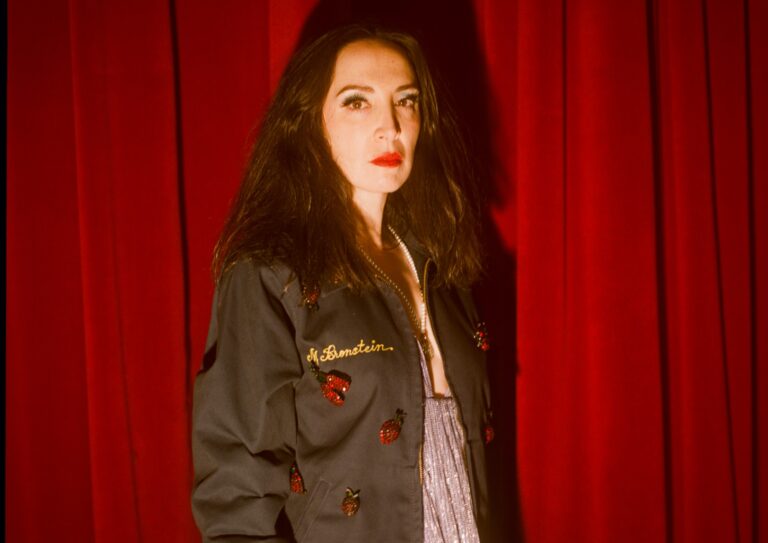Barry Lyndon, 50 Years On
Kubrick's genre film continues to cheat our hearts out of us.
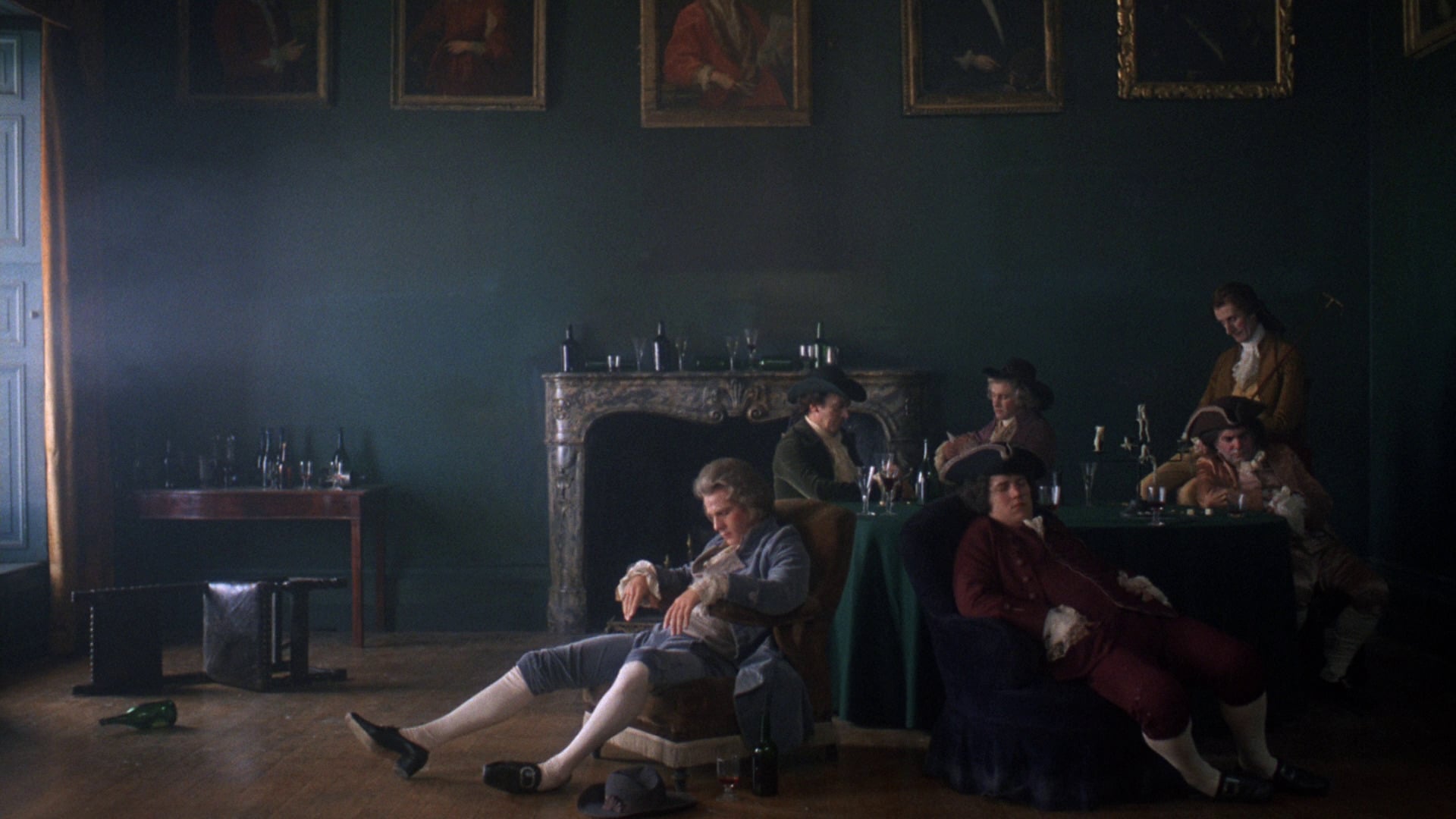
Easily the most famous shot of the film.
In an interview in 1999, Tom Cruise once described Stanley Kubrick as incredibly patient. Perhaps Kubrick knew his film Barry Lyndon would take fifty years to find its footing and become a favorite among millennial cinephiles. With each passing year, more contemporaries gush about this commercial disappointment, becoming one of the greatest slow burns in movie history. Something about the drawn-out tableaus of mid-eighteenth-century society through the eyes of an egregious protagonist has gripped today’s generation of film buffs like a forbidden love of your cousin.
In 1975, Barry Lyndon hit the cinemas with below-expected domestic box office numbers and mixed reviews; admired but not loved. That same year saw the berth of the wide release blockbuster with none other than Jaws. Your dad has definitely seen Jaws. He likely hasn’t seen Barry Lyndon (ask him). How lucky you are to be able to appreciate it, unlike your silly boomer predecessors. Perhaps Kubrick’s original plans of a Napoleon biopic would have been more marketable, but how serendipitous that he picked up The Luck of Barry Lyndon by William Makepeace Thackeray (of Vanity Fair fame) and made another formidable adaptation. With this in mind, we will now begin to assess the three reasons Kubrick’s costume drama has somehow stood the test of time.
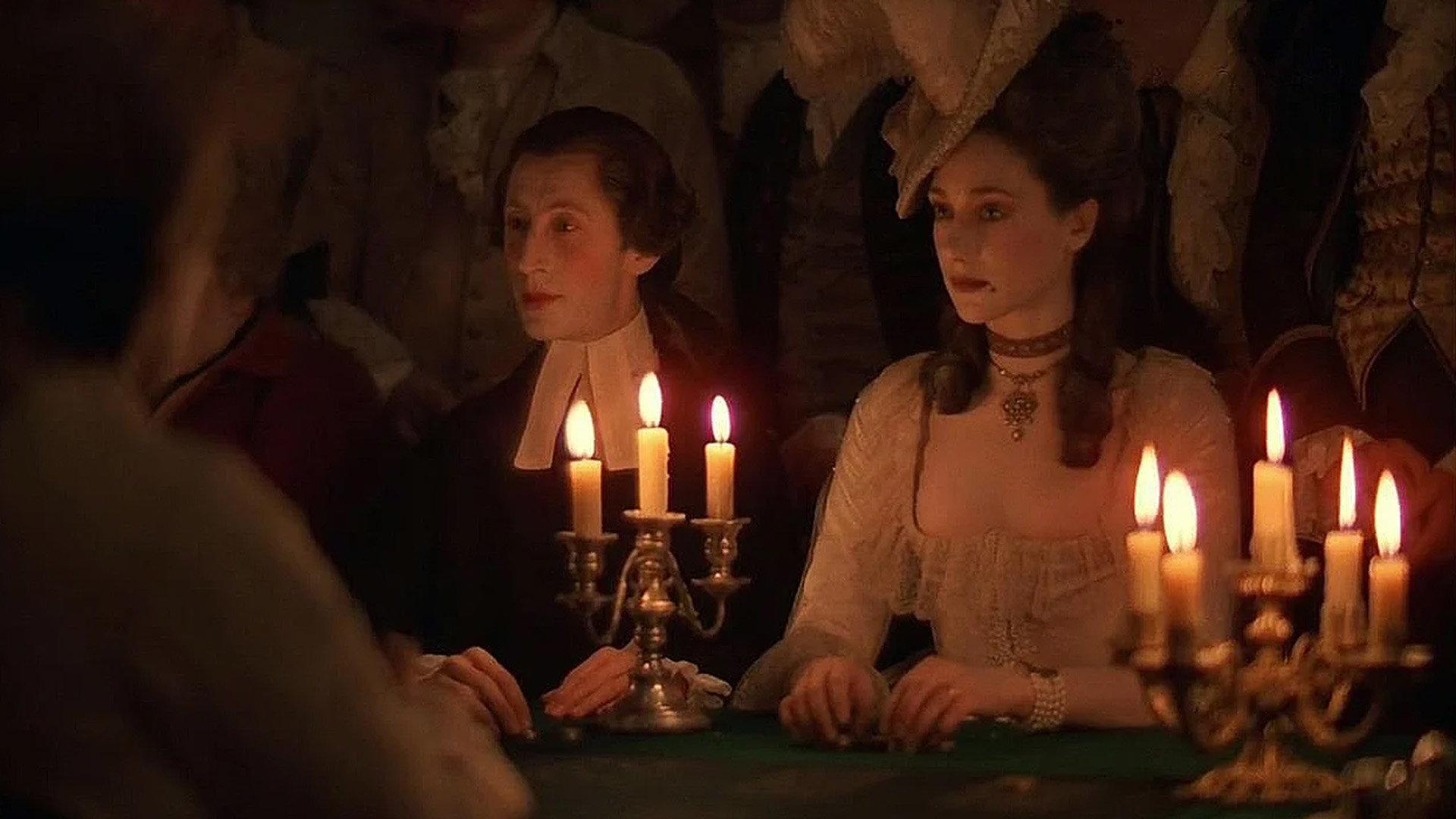
Mary Berenson costars as Lady Lyndon, having made an impression on Kubrick for her role in Cabaret.
The first is unquestionably the production value. Many of the compositions and colors are informed by 18th-century paintings, specifically the works of William Hogarth, a favorite of the book’s author. The costumes and makeup are wonderfully lavish, shining in the gold light of sets entirely lit by candles. Kubrick even employed a modified 50mm lens designed by NASA to capture more light in these dim circumstances. In the awards lexicon, after being nominated for 7 Academy Awards, the second most that year behind One Flew Over The Cuckoo’s Nest, it took home 4 technical Oscars (Adapted Score, Cinematography, Art Direction, & Costume Design), also being the second most wins for the year. This is further proof that today’s movie fans seem to have an affinity for the craft of filmmaking. With the luxury of streaming, they have easier access to a much larger span of movies, becoming more informed about the beauty that can be achieved if given the proper attention to detail and world-building.
The second reason is our contemptible yet lovable hero. Redmond Barry, designed to be a critical racist stereotype of the common Irish rogue, is very sympathetic regardless of his initial lack of tact. Being thrown into an England at war at a young age, he goes from being a prisoner to a cheating gambler, and of course, marries into the title of Barry Lyndon. Ryan O’Neal was perfectly cast in the role. Known as a golden boy, he was an atypical choice compared to Kubrick’s usual distinct leading men. Enthused by this opportunity to bring his full talent to the role, O’Neal was consistently told by Kubrick to be subdued, making him a stoic centerpiece throughout the film. Being an American with an unpolished Irish accent also makes the character stand out, viscerally at odds with his surroundings. Under Kubrick’s direction, O’Neal unwittingly struck this palpable tension we’ve come to love from the performance. This permeates into the third and final reason for this film’s resurgence.

Ryan O’Neal had such a pretty mug but his performances were often overshadowed by his chaotic personal life full of drug use and abusive relationships.
The people of today feel a bond to the desperate theme of this film. Barry Lyndon is at times considered a Black Comedy. Many of the titular character’s actions and the situations he struggles through are comedic, with the irony of his dishonor leading to fortunes and tragedies alike. But considering the world he was up against, he really could’ve done worse. Many of you probably don’t feel as lucky. Ultimately, this man’s story is a vessel for a nihilism one can find comfort in, that no matter how immoral or well-intentioned, we are all one day “equal.”
The 30-something-give-or-take-a-few’s that continue to champion this film deserve some credit. That’s why we’re proud to present to you a 35mm print of it. But whether you’re a septuagenarian who missed it in theaters all those years ago or even a burgeoning cinephile, you can count on appreciating this timeless piece of art. Book your TICKETS now for when we begin showing it next Sunday, June 15th
Words by Robert Hamill
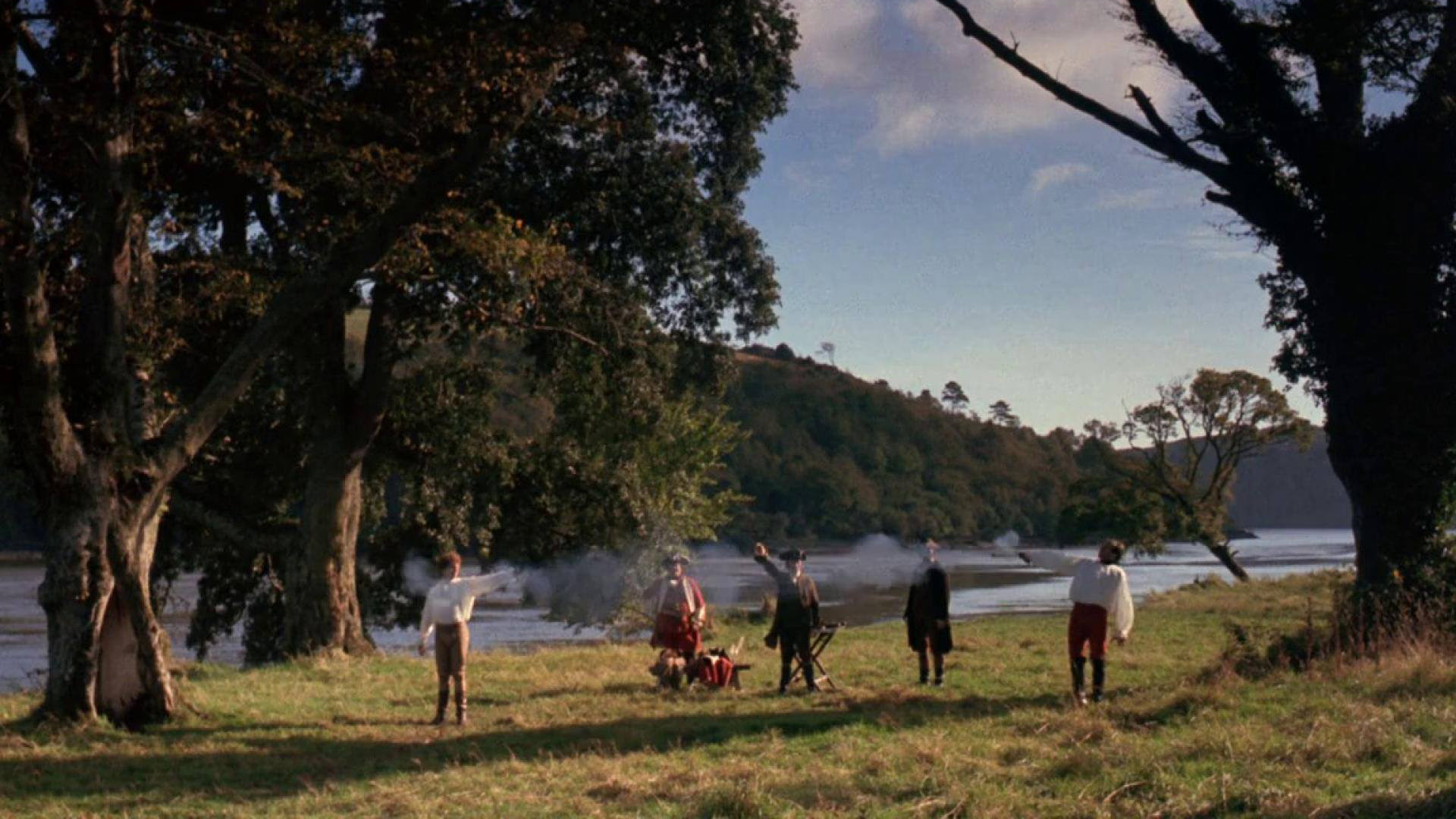
The film was shot on location in Ireland, England, and Germany.

